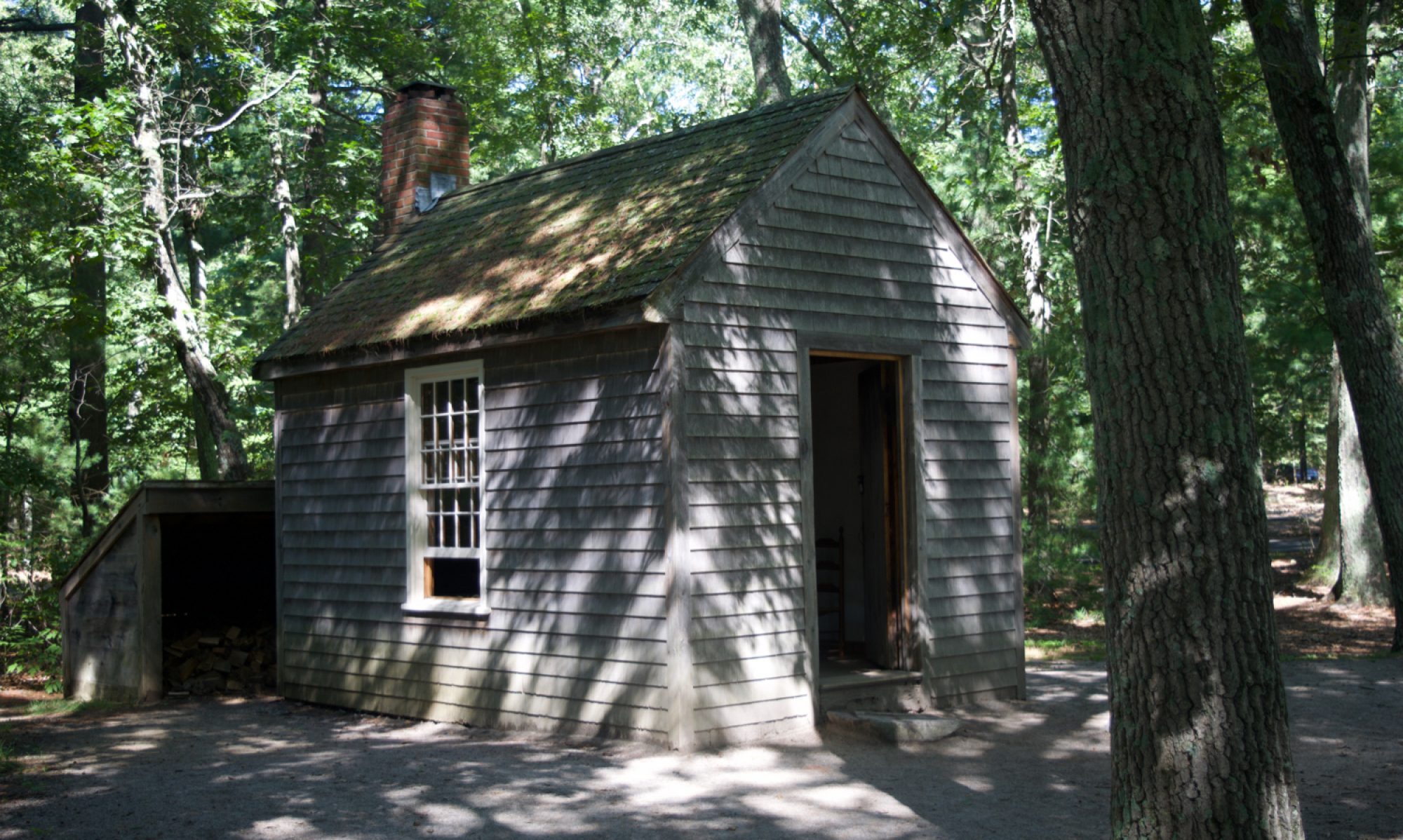One of the features of this whole subject is the number of names there are for very similar types of buildings. Last week I visited the beach bungalows in Braystones (blog and pictures coming next week) and so added a fifth word to my growing list even if “bungalow” is more normally associated in Britain with conventional brick buildings.
“Hut” is the preferred term at Carbeth north of Glasgow, and is used by Reforesting Scotland’s “Thousand Huts” campaign and has a definition the Scottish planning policy:
Hut: A simple building used intermittently as recreational accommodation (ie. not a principal residence); having an internal floor area of no more than 30m2; constructed from low impact materials; generally not connected to mains water, electricity or sewerage; and built in such a way that it is removable with little or no trace at the end of its life. Huts may be built singly or in groups.
Not all huts (even at sites like Carbeth) meet those conditions, but you get the idea. “Hut” also gives us “hutting” and “hutters”, and connects to the Norwegian “hytte” tradition and on to the wider northern European practice of owning huts or summerhouses for overnight stays in the countryside or even on allotments.
Beach huts, which are concentrated on the southeast coasts of England although not exclusive to them, are also huts but mostly on the shed end of the spectrum, often with no windows and just double doors on the beach side. Sheds in gardens and allotments are a world in themselves, with sites like Readers’ Sheds organising annual competitions which are covered by Channel4.
Along with “hut”, the name “log cabin” is naturally associated with woodland structures due to the traditional way of constructing buildings from whole trunks or sections of them.
Finally, “chalet” is a word borrowed from the Alps and suggests something a bit more sophisticated than a hut. The Plotlands preferred chalets to huts, and the Humberston Fitties still do.
Despite the name and the differences, there’s still a common “hutting” thread. When I visit these sites, so many of the buildings have a look to them. Here I’ve picked out some of the pictures from my blogs, showing huts in East Yorkshire, Cheshire, Humberston, West Midlands, and Cumbria – spread over hundreds of miles but all clearly part of the same tradition. I could have included pictures from Carbeth to extend this a hundred miles further north too.





